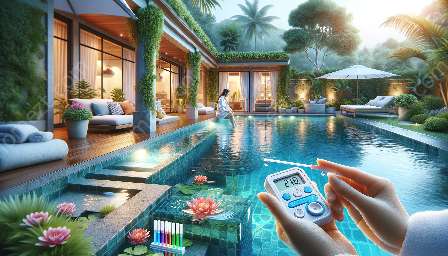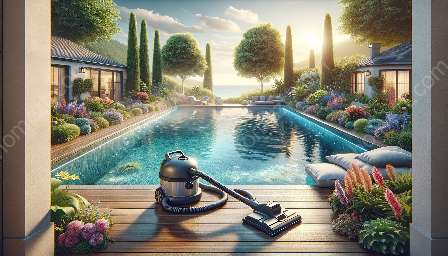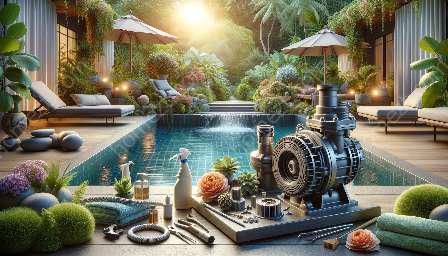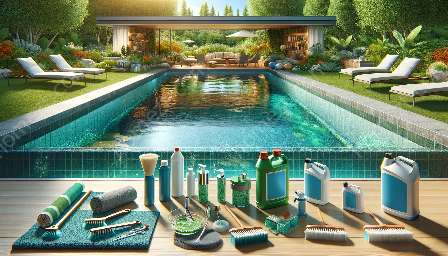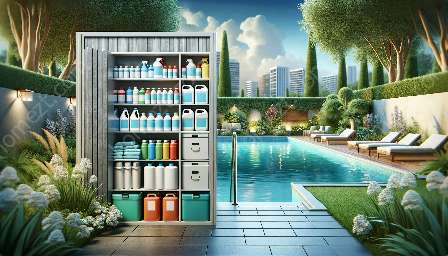Owning a swimming pool or spa comes with the responsibility of ensuring proper maintenance and water balance to provide a safe and enjoyable experience for swimmers. In this comprehensive guide, we will explore essential tips and techniques for maintaining water balance, and how it relates to pool cleaning.
Understanding Water Balance
Water balance in a pool or spa refers to the proper levels of different chemical components in the water. These components include pH, total alkalinity, and calcium hardness. Maintaining the correct water balance is crucial for several reasons:
- Water Quality: Properly balanced water ensures that it is safe and clean for swimmers, preventing eye and skin irritation as well as the growth of harmful bacteria and algae.
- Equipment Longevity: Imbalanced water can cause corrosion of pool equipment and surfaces, leading to costly repairs and replacements.
- Swimmer Comfort: Balanced water provides a more comfortable swimming experience, with water that feels smooth and doesn't cause irritation.
Factors Affecting Water Balance
Several factors can influence the balance of pool or spa water, including environmental conditions, pool usage, and the introduction of contaminants. Understanding these factors is crucial for effective water balance maintenance:
- Environmental Conditions: Sunlight, temperature, and rainfall can all affect the pH and alkalinity levels in the water.
- Pool Usage: The number of swimmers, frequency of use, and pool size can impact the water balance, requiring more frequent testing and adjustments.
- Contaminants: Dirt, leaves, oils, and other debris introduced into the water can affect its balance, leading to the need for thorough pool cleaning.
Testing and Adjusting Water Balance
Regular testing of the water is essential to maintain proper balance. Testing kits are available to measure pH, alkalinity, and calcium hardness levels. Based on the test results, adjustments can be made using specific chemicals:
- pH: The ideal pH level for pool water is between 7.2 and 7.6. pH+ or pH- chemicals can be used to raise or lower the pH as needed.
- Total Alkalinity: Alkalinity acts as a buffer to prevent rapid changes in pH. It should be maintained between 80 and 120 parts per million (ppm).
- Calcium Hardness: This refers to the amount of dissolved calcium in the water. The ideal range is typically between 200 and 400 ppm.
Relationship with Pool Cleaning
Maintaining water balance is closely linked to pool cleaning. Balanced water reduces the formation of scale, stains, and algae, minimizing the need for extensive cleaning. Additionally, properly balanced water helps pool cleaning chemicals, such as chlorine, work more effectively, resulting in a cleaner and healthier swimming environment.
Conclusion
Effective maintenance of water balance is essential for the upkeep of swimming pools and spas. By understanding the factors affecting water balance, regularly testing and adjusting chemical levels, and recognizing the connection with pool cleaning, pool owners can ensure a safe, clean, and enjoyable swimming experience for all.


